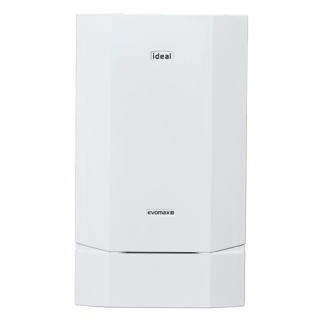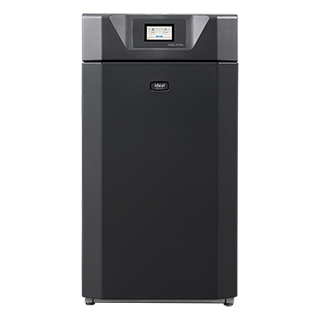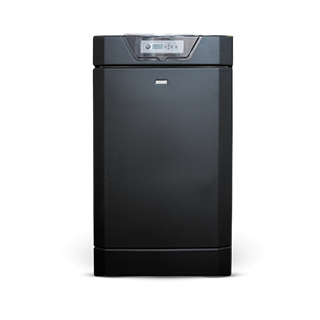In the UK, the building sector is the second largest emitter of greenhouse gas (GHGs) emissions, with most of these resulting from heating and hot water demand in homes being fulfilled by natural gas. In total, the heating of homes and workspaces makes up almost a third of UK carbon emissions. Reducing boiler emissions is therefore a top priority.
What are the types of emissions?
GHG emissions are predominantly made up of carbon dioxide, methane, nitrous oxide, and water vapour.
Why are these emissions harmful?
GHGs aren’t inherently harmful; in fact, without them the earth would be too cold for us to live. GHGs in the atmosphere trap the warmth from the sun, maintaining the earth’s temperature at an average 14˚C (57˚F). Human activity has, however, resulted in a dramatic increase in the release of GHGs, causing global warming and climate change. The large increase in manmade Nitrous oxide (NOx) is also a source of air pollution associated with major health problems, including respiratory and pulmonary disease.
What is being done to reduce GHG emissions?
The Climate Change Act legally commits the UK government to reduce GHGs by at least 100% of 1990 levels by 2050; what is commonly referred to as net zero. A key step towards the net zero goal in the UK is reducing emissions by 68% by 2030 compared with 1990 levels.
In the heating industry, the focus of emissions reduction centres on NOx and CO2. Manufacturers have moved to condensing technology which efficiently converts fuel to thermal energy for a reduced burner ‘on-time’ per kW heat delivered. This, in turn, means lower emissions of both CO2 & NOx.
What are the rules surrounding levels of emissions?
While manufacturers are responding to this challenge, contractors and installers also have a responsibility to ensure that the solutions they commission comply with the regulations. These include:
- Clean Air Act
- Energy related Product (ErP) Directive which placed efficiency requirements on outputs under 400kW and maximum NOx emissions of 56mg/kWh for gas fuelled boilers and 120mg/kWh for LPG and oil fuelled boilers.
- Building Regulations Part L which recently increased the Gross Seasonal Efficiency of natural gas boilers by 2% in new buildings to 93% for single boilers with less than 2MW output and to 88% to those with more than 2MW.
- Medium Combustion Plant Directive (MCPD) for boilers with thermal inputs exceeding 1MW. Existing MCP with an input above 5MW and below 50MW must have a permit in place already and achieve the Emission Limit Values (ELVs) by 1 January 2025. For Existing MCP with input between 1MW and 5MW, a permit must be in place by 1 January 2029 and be compliant with ELVs a year later.
Who enforces them?
Enforcing the rules will be five regulators across the United Kingdom and Republic of Ireland:
- The Environment Agency (England)
- Scottish Environment Protection Agency (SEPA)
- Natural Resources Wales (NRW)
- Northern Ireland Environment Agency (NIEA)
- Environmental Protection Agency, Ireland (EPA)
Are all boilers compliant?
All boilers sold in the UK must be compliant.
Do some boilers have less emissions than others?
Yes. Ideal Heating is proud to be at the forefront of this field and we offer an industry leading range of low NOx boilers. These inlcude the Evomax 2, the UKs number one wall mounted commercial boiler and the floor standing Imax Xtra 2 which is compact in size and easy to install. To find our more about our boilers, contact your Business Development Manager or call us on 01482 498376.




